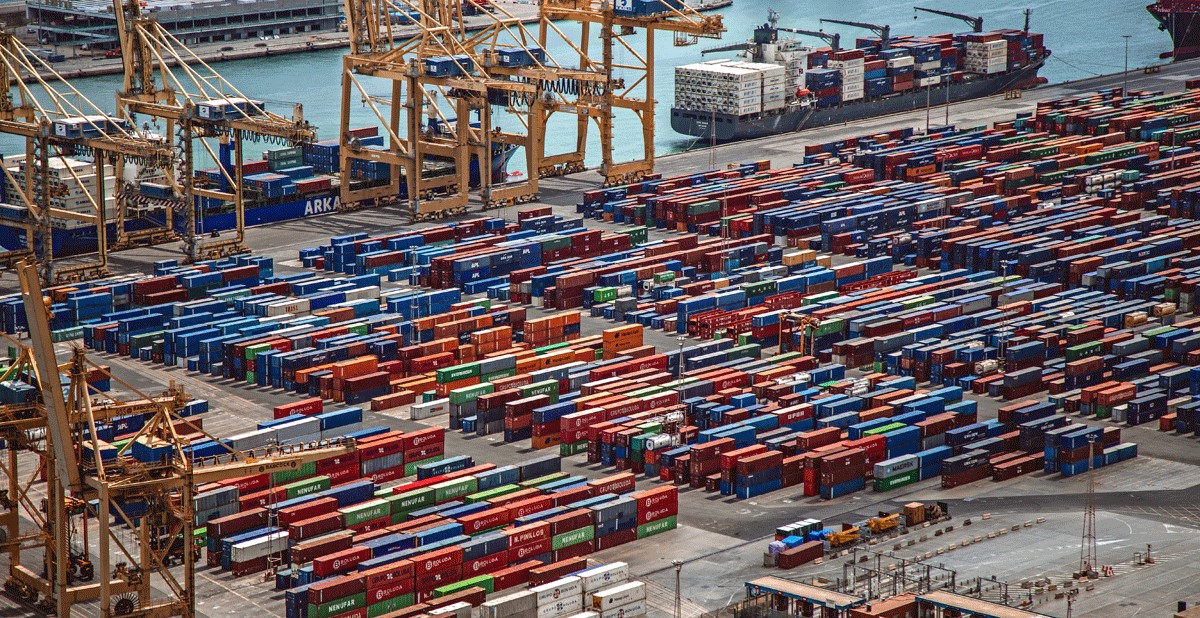Container Dwell Time Fees Postponed At Southern California Ports

Conditions may be improving slightly at the Port of Long Beach and Port of Los Angeles, as the number of cargo containers lingering on their docks has eased by more than a quarter in recent weeks. As a result, the San Pedro Bay ports, which together account for approximately 40 percent of all containerized imports into the U.S., have pushed back an announced container dwell fee which was set to go into effect on November 15; the new implementation date is November 22.
The fees were first announced on October 25. Under the temporary policy, ocean carriers will be charged for each import container that falls into one of two categories: in the case of containers scheduled to move by truck, ocean carriers will be charged for every container dwelling nine days or more. For containers moving by rail, ocean carriers will be charged if a container has remained there for six days or more. The ports will charge ocean carriers in these two categories $100 per container, increasing in $100 increments per container per day until the container leaves the terminal. However, since the fee was announced, the twin ports have seen a decline of 26 percent combined in aging cargo on the docks.
The ports’ Harbor Commissions have stated that any fees collected from dwelling cargo will be reinvested for programs designed to enhance efficiency, accelerate cargo velocity and address congestion impacts.
“We’re encouraged by the progress our supply chain partners have made in helping our terminals shed long-dwelling import containers. Clearly, everyone is working together to speed the movement of cargo and reduce the backlog of ships off the coast as quickly as possible,” says Port of Long Beach Executive Director Mario Cordero. “Postponing consideration of the fee provides more time, while keeping the focus on the results we need.”
Port of Los Angeles Executive Director Gene Seroka adds, “There’s been significant improvement in clearing import containers from our docks in recent weeks. I’m grateful to the many nodes of the supply chain, from shipping lines, marine terminals, trucks and cargo owners, for their increased collaborative efforts. We will continue to closely monitor the data as we approach November 22.”
Before the pandemic-induced import surge began in mid-2020, on average, containers for local delivery remained on container terminals less than four days, while containers destined for trains dwelled less than two days. And while that standard has been but a memory for the last several months, there are signs of improvements. The Daily Breeze reports that as of Monday, at The Port of Long Beach there were 19,092 containers set to leave via truck that had been there for at least nine days and 564 set to leave via rail that had been there at least six days. This represents a 25-percent decrease from October 28.
Whether this represents a sign that recovery is on the horizon for the bottlenecked supply chain is uncertain. As of last Tuesday, a record 111 container ships were waiting to dock and unload at the ports, according to data from the Marine Exchange reported in Business Insider.

